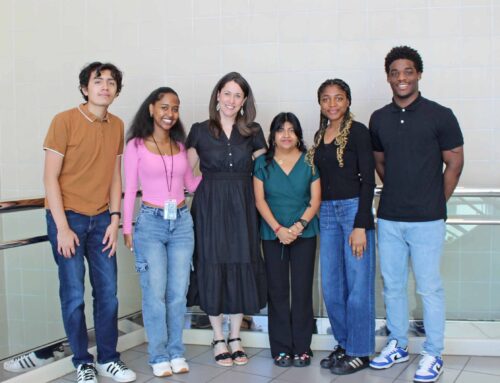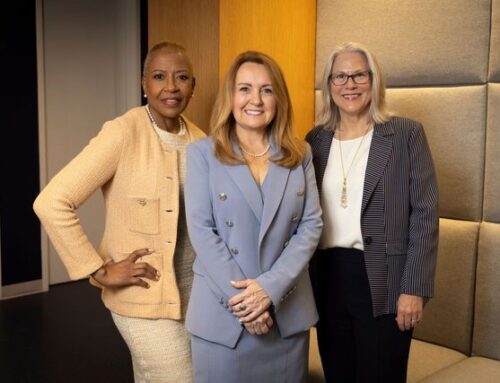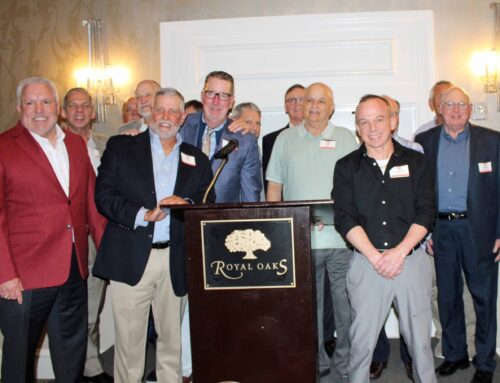Simple. Close to home. Immediate impact.
These are the criteria most often considered by volunteers when selecting community service projects. Rarely does one program feature all three benefits.
However, the Graffiti Abatement program developed by the Dallas Police Department’s Interactive Community Policing Unit and AmeriCorps is a volunteer’s dream come true, meeting all of the above criteria.
Volunteers gather weekly to paint property defaced by gang members in an effort to maintain graffiti-free neighborhoods.
- It’s simple – paint and paint brushes are provided. Volunteers just show up at the designated time and place.
- It’s close to home – the program targets homes and businesses in our area.
- It has an immediate impact – volunteers see the before and after of their efforts.
The program was created by Sgt. Allan Brown of the Dallas Police Department and is coordinated by April Goodman, an AmeriCorps member. The program’s goal is to paint every week what has been defaced the previous weekend. It is this commitment to consistent graffiti removal that makes the program unique.
Goodman says research shows that regular and quick removal of graffiti is the best way to fight the problem. She says a site must be cleaned up only two or three times before gang members give up and stop defacing it.
Homeowners and business owners can call 670-4420 to report graffiti. Goodman checks out the sites, requests authorization for painting, and organizes the volunteers to get the job done.
Paint and other supplies are provided – although Goodman says they always need more paint brushes – so volunteers donate only their time and effort.
During the summer, much of the work was completed on Monday evenings, although Goodman has coordinated projects on other days for various volunteer groups.
In November, youth volunteers from the American Red Cross painted on Saturday, and students from the Greenhill School painted on Wednesday.
More than 100 volunteers have participated in the Graffiti Abatement program since the April kick-off. Neighborhood resident Ann Kundrat admits she became involved with the program for selfish reasons.
“I was a victim of gang graffiti, and my fence needed to be painted,” she says.
Kundrat called Goodman to report the problem and joined the volunteers who painted her fence. Since then, she has been an active volunteer, even bringing her six-year-old granddaughter along to paint.
“She was covered in paint from head to toe,” Kundrat says. “She enjoyed helping, but she couldn’t understand why someone would paint graffiti on someone else’s property.”
Kundrat says the volunteer work is fulfilling, especially when the group paints the homes of elderly and low-income residents who cannot take care of the problem themselves.
“It’s a small way to give back to the community, but it leaves you with a real feeling of accomplishment,” she says.
Both Goodman and Kundrat believe that people in our neighborhood need to become involved for this program to be successful. Apathy, however, makes volunteer recruitment difficult.
“People think the gang members will just come paint it again so why bother,” Goodman says.
Goodman and her volunteers closely monitor the sites where graffiti has been removed, and she says they are making a significant difference. Some places have had to be repainted, but others have not been touched since April.
“It has to start with somebody, and one neighborhood can make a statement to the community,” says Kundrat. “We’re letting the gangs know that their graffiti isn’t welcome here.”
If you’d like more information about becoming a graffiti-buster volunteer, call the Volunteer Center at 826-6767.





